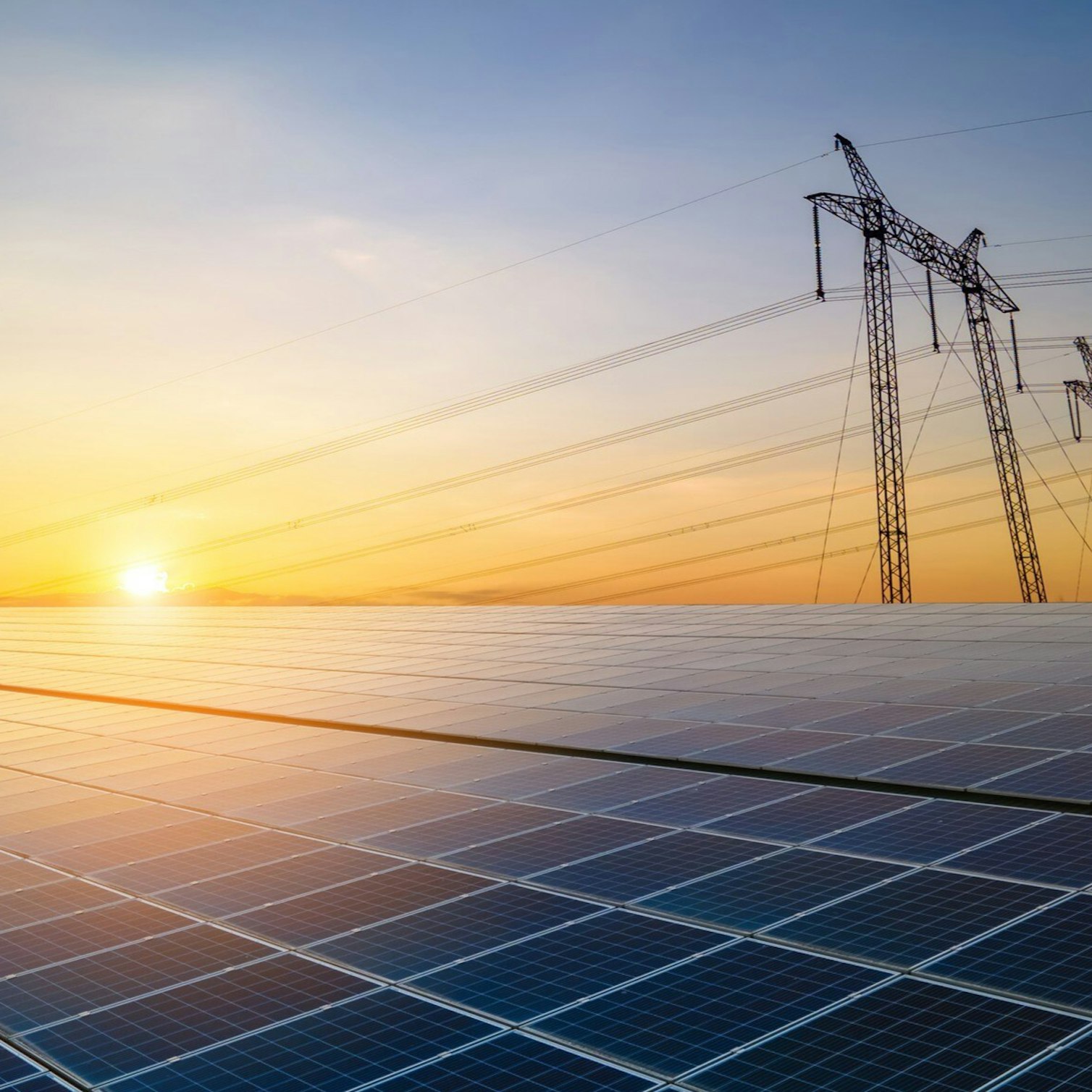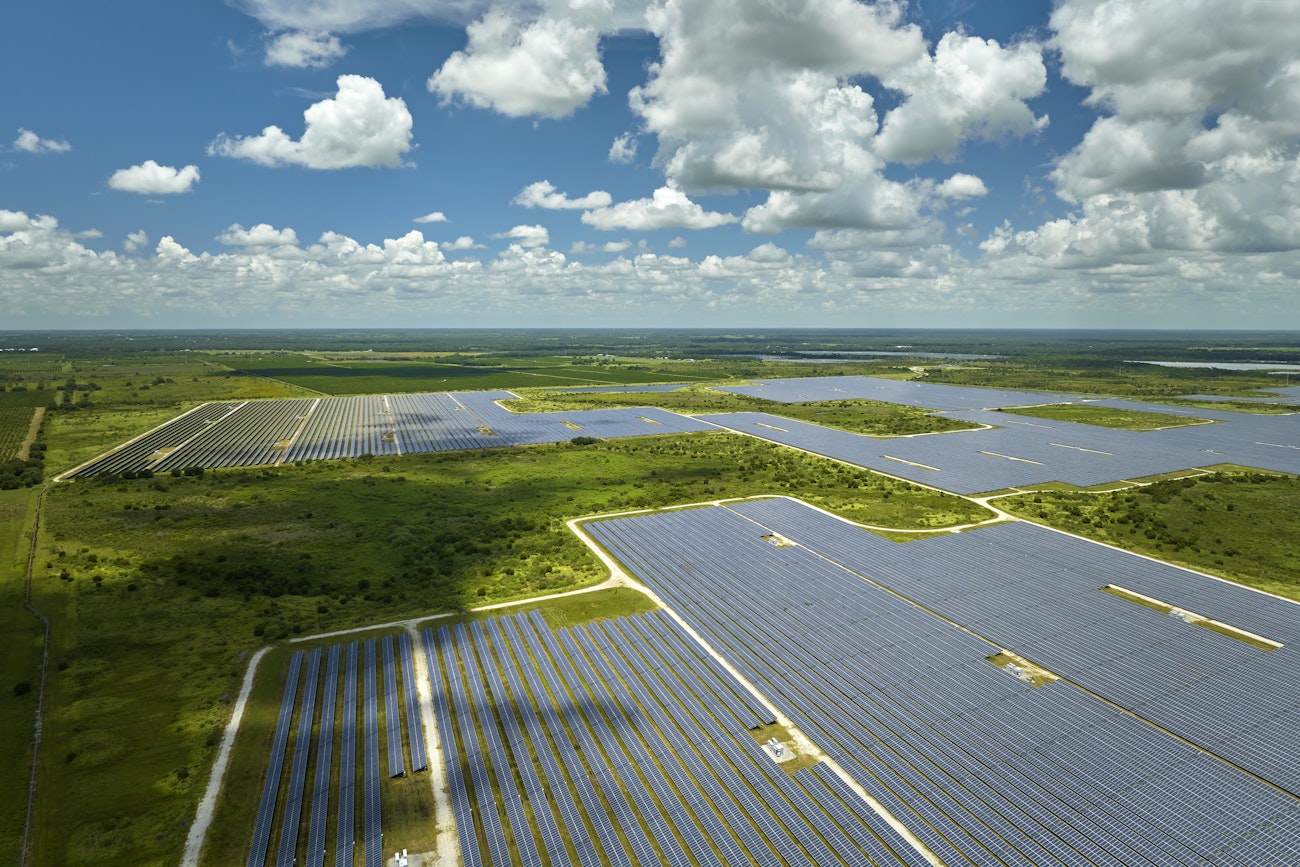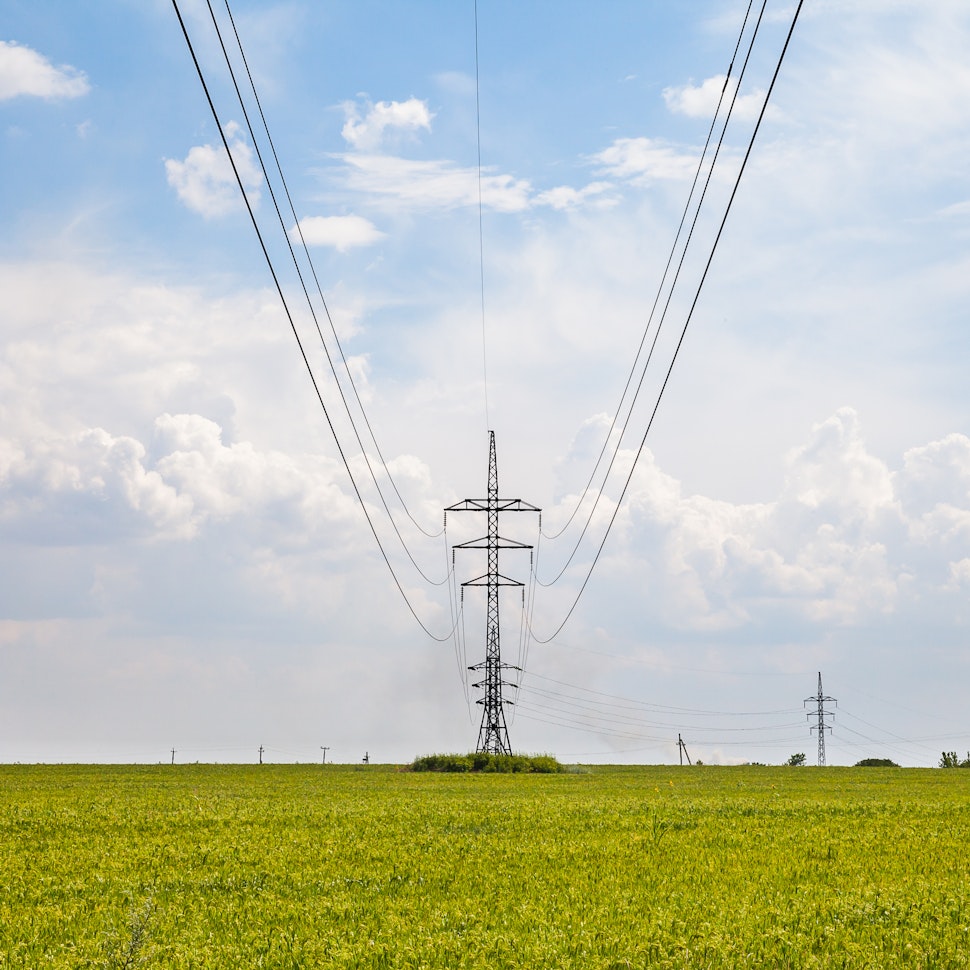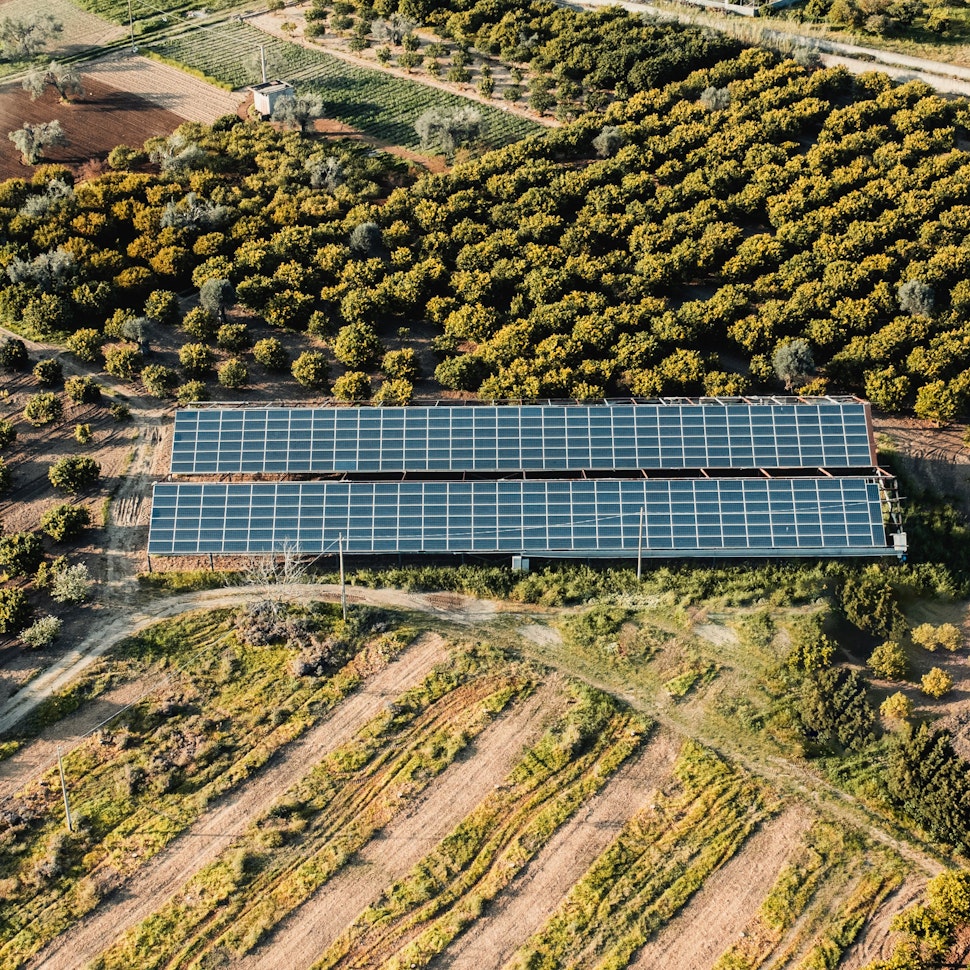- Solar energy blog
- Italy’s €9.7 billion plan to boost renewables and reach net zero
Italy’s €9.7 billion plan to boost renewables and reach net zero
Explore a new state aid scheme helping Italy to work toward a cleaner future and investing in onshore wind, solar PV, hydropower, and sewage gas projects.


Juan Miguel Sierra
Account Executive
Juan Miguel is a sales professional responsible for Italy at RatedPower. With a background in international business & trade relations, he ensures exponential growth within these markets and the development of RatedPower’s technology.

Content
Italy is known for its warm Mediterranean climate, rolling hills, and long coastline. It has plenty of sunlight, strong winds, and abundant water resources, making it well-positioned for renewable energy expansion, and the country is doing just that.
Thanks to a newly approved state aid scheme, Italy is taking a major step toward a cleaner future. This initiative will help the country scale up clean energy sources and reduce reliance on fossil fuels. The end goal is to achieve a net-zero economy powered by clean energy and align with the EU’s climate and industrial policies.
Here’s how this new state aid scheme will shape Italy’s energy transition.
Want to learn more about global renewable transitions? Download the 2025 Renewable Energy and Solar Research Report to unlock essential insights on the renewables industry. With expertise from our survey and data from solar simulations on RatedPower, the Report explores trends, challenges, and solar design preferences.
About Italy's state aid scheme
Italy has recently secured €9.7 billion in state aid under the EU’s Temporary Crisis and Transition Framework (TCTF). The scheme aims to reduce emissions, increase clean energy capacity, and provide financial stability for developers.
A competitive bidding process determines which projects receive funding. The lowest required incentive tariff wins, ensuring cost-effective investments. Successful bidders enter two-way contracts for difference (CfDs) that aim to stabilize revenues by covering market price fluctuations over 20 years.
Most electricity produced under this scheme will receive CfD support, with a portion remaining subject to market conditions. This encourages efficiency and ensures that projects operate competitively. Smaller installations (under 1 MW) can bypass the bidding process and receive direct support from ARERA, Italy’s energy regulator.
The scheme is also market-responsive. If electricity prices rise, less financial aid will be needed. This helps to balance government spending. With these mechanisms, Italy aims to accelerate its clean energy transition while maintaining financial stability.
How will the scheme help Italy expand its renewable energy capacity?
The €9.7 billion state aid scheme will drive the construction of onshore wind, solar PV, hydropower, and sewage gas projects, adding 17.65 GW of renewable capacity. It’s also worth noting that all installations must become operational within 36 months of receiving funding.
Onshore wind
Italy has strong wind resources, with Sardinia, Sicily, and southern regions all being ideal locations for wind power expansion. This scheme will support the development of new wind farms operating under CfDs to ensure stable revenues despite market shifts.
To enhance efficiency, 95% of the electricity produced will receive CfD support. The remaining 5% will be exposed to market prices. This ensures competitiveness while strengthening Italy’s wind energy sector.

Solar PV
Italy’s high solar irradiation makes solar PV a key focus. The scheme will fund both large-scale solar farms and support smaller rooftop and community solar projects.
Smaller installations that can bypass the bidding process will receive administratively determined tariffs set by ARERA. This lowers entry barriers for businesses, industries, and households. It also increases decentralized solar adoption. Like wind projects, solar PV installations will operate under 20-year CfDs to provide long-term investment security.

Hydropower
Hydropower has been a major energy source in Italy for over a century. The country has strong potential in northern regions where alpine rivers provide reliable energy.
This scheme supports the construction of new small-scale hydropower plants and the upgrades to existing facilities. The CfD model ensures consistent revenues. It also limits excess government spending when market prices rise. By modernizing hydropower infrastructure, Italy can improve efficiency and maintain stable electricity production.

Sewage gas
Sewage gas, a byproduct of wastewater treatment, provides a steady source of energy. This scheme encourages biogas recovery projects, helping wastewater facilities generate electricity while reducing methane emissions.
As with other renewables, sewage gas projects will receive CfD-based support. This ensures financial viability while keeping part of the production subject to market forces.
How will the state aid scheme help Italy achieve its and the EU’s climate goals?
Italy’s renewable energy expansion aligns with the EU’s Green Deal Industrial Plan. This initiative aims to scale up net-zero technologies and reduce emissions across Europe.
The Green Deal Industrial Plan is built on four main pillars. Italy’s scheme directly supports each one:
The scheme speeds up clean energy deployment. It follows the Net-Zero Industry Act, which streamlines project approvals and permitting processes. With installations required to become operational within three years, Italy is setting an example for fast-tracked renewable expansion.
It also secures green investments. This scheme benefits from the Temporary Crisis and Transition Framework (TCTF). This framework enables quicker financial support for clean energy projects. Italy is using it to scale up renewables without financial delays.
The initiative boosts the green job market. More onshore wind, solar PV, and hydropower projects mean a higher demand for skilled workers. Italy’s energy transition will align with the EU’s Net-Zero Industry Academies, which train professionals for solar, wind, and energy storage technologies.
Energy independence is another key goal. Italy’s expanded renewable production means less dependence on imported energy. This improves Europe’s energy security and reduces price volatility.
The scheme aligns with the EU’s climate targets, contributing to emission reductions and advancing the transition to clean energy. By generating cleaner electricity, Italy is pushing Europe closer to its net-zero emissions goal by 2050.
Latest stories
Related posts
Market analysis
The rise of utility-scale PV + storage plants in Italy
Discover how Italy’s latest policies and auctions are driving utility-scale solar and battery storage projects to meet ambitious 2030 targets.
Updated 4 DEC, 25

Market analysis
From sun to socket: What Iberia’s grid needs to handle 2030 renewable targets
Discover how Spain and Portugal are upgrading their grids to meet ambitious renewable targets and prevent future blackouts.
Updated 25 NOV, 25

Market analysis
France’s land challenge in the solar energy boom
Explore why France’s solar expansion faces land-use limitations, local resistance, and complex permitting, despite having space to grow.
Updated 18 NOV, 25

- RatedPower
- Solar energy blog
- Italy’s €9.7 billion plan to boost renewables and reach net zero
 Watch a demo
Watch a demo Ask our AI Product Expert
Ask our AI Product Expert

